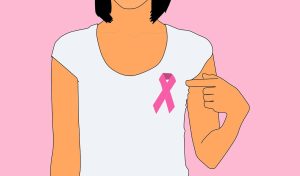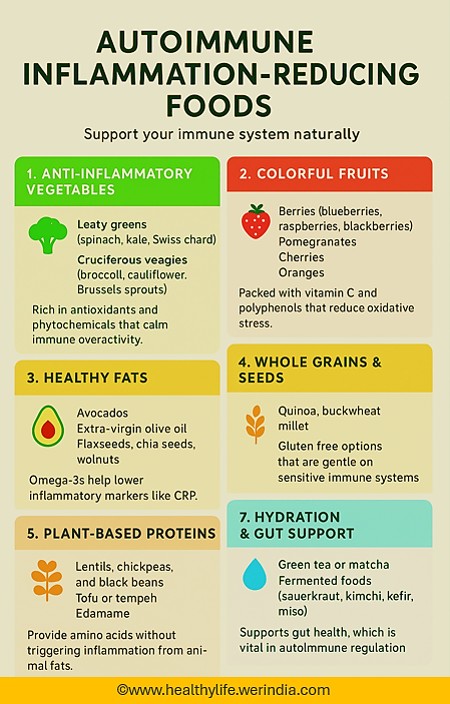
Ladies, Hip Pain During Menopause Could Be Due To Gluteal Tendinopathy
Gluteal tendinopathy also known as Hip Bursitis in women can be more prevalent or problematic during menopause due to hormonal changes that affect the tendons and overall musculoskeletal health. Menopause typically leads to a decrease in estrogen levels, which has several implications for tendon health and musculoskeletal function.
Hormonal influence during menopause:
Estrogen’s role: Estrogen has a protective effect on tendons and ligaments, helping to maintain their strength and flexibility. Decreased estrogen levels during menopause can lead to decreased tendon resilience and increased susceptibility to injury and degeneration.
Collagen production: Estrogen influences collagen production, a key component of tendons. Lower estrogen levels can reduce collagen synthesis, compromising tendon strength and healing capacity.
Factors contributing to gluteal tendinopathy during menopause:
- Tendon degeneration: Reduced estrogen can accelerate tendon degeneration, making tendons more prone to tendinopathy.
- Weight gain: Menopause is often associated with weight gain, which can increase the load on the hip tendons, contributing to the development of tendinopathy.
- Reduced physical activity: Hormonal changes can lead to decreased energy levels and motivation for physical activity, which can result in muscle weakness and poor tendon health.
- Joint stiffness: Menopause can be associated with joint stiffness and reduced flexibility, contributing to altered biomechanics and increased tendon stress.
Symptoms:
Symptoms of gluteal tendinopathy during menopause are similar to those experienced at other times and include:
- Pain and tenderness on the outside of the hip
- Pain that worsens with activity and improves with rest
- Difficulty sleeping on the affected side
- Reduced hip range of motion and stiffness
Diagnosis and treatment: Diagnosis and treatment for gluteal tendinopathy during menopause follow similar protocols as at other times but may require additional considerations regarding hormonal health.
Diagnosis:
- Clinical evaluation and physical examination
- Imaging studies such as ultrasound or MRI
- Functional assessments of hip strength and biomechanics
Treatment:
Hormone Replacement Therapy (HRT): For some women, HRT may help mitigate the effects of reduced estrogen on tendon health. This should be discussed with a healthcare provider.
Physical therapy: Focused on strengthening the hip abductor muscles, improving flexibility, and correcting biomechanics. Specific exercises may include clamshells, side-lying leg lifts, and hip bridges.
Pain management: Use of NSAIDs to manage pain and inflammation.
Activity modification: Reducing or modifying activities that exacerbate symptoms.
Ice therapy: Applying ice packs to the affected area to reduce pain and inflammation.
Corticosteroid injections: May be considered in cases of severe pain and inflammation.
Extracorporeal Shockwave Therapy (ESWT): A non-invasive treatment to promote tendon healing.
Prevention of Hip Bursitis:
Regular exercise: Maintaining a regular exercise routine that includes strength training, flexibility exercises, and aerobic activities.
Healthy weight: Managing weight through diet and exercise to reduce stress on the hip tendons.
Biomechanical assessment: Working with a physical therapist to assess and correct any biomechanical issues.
Nutritional support: Ensuring adequate intake of nutrients that support tendon health, such as vitamin C, vitamin D, and calcium.
With appropriate treatment and lifestyle modifications, most women with gluteal tendinopathy during menopause can achieve significant improvement and return to their normal activities. However, ongoing management may be necessary to address the underlying hormonal changes and maintain tendon health.
References:
https://www.sports-injury-physio.com/
https://my.clevelandclinic.org/
Gluteal Tendinopathy – Sportdoc London
Image credit: Image by Arpit from Pixabay (Published dateJanuary 20, 2022, Free for use under the Pixabay Content License)
Author: Sumana Rao | Posted on: June 18, 2025
« What Is Blood Clot Thrombosis? Reasons And Prevention Importance Of Soleus Muscle And Soleus Pushups »






















Write a comment